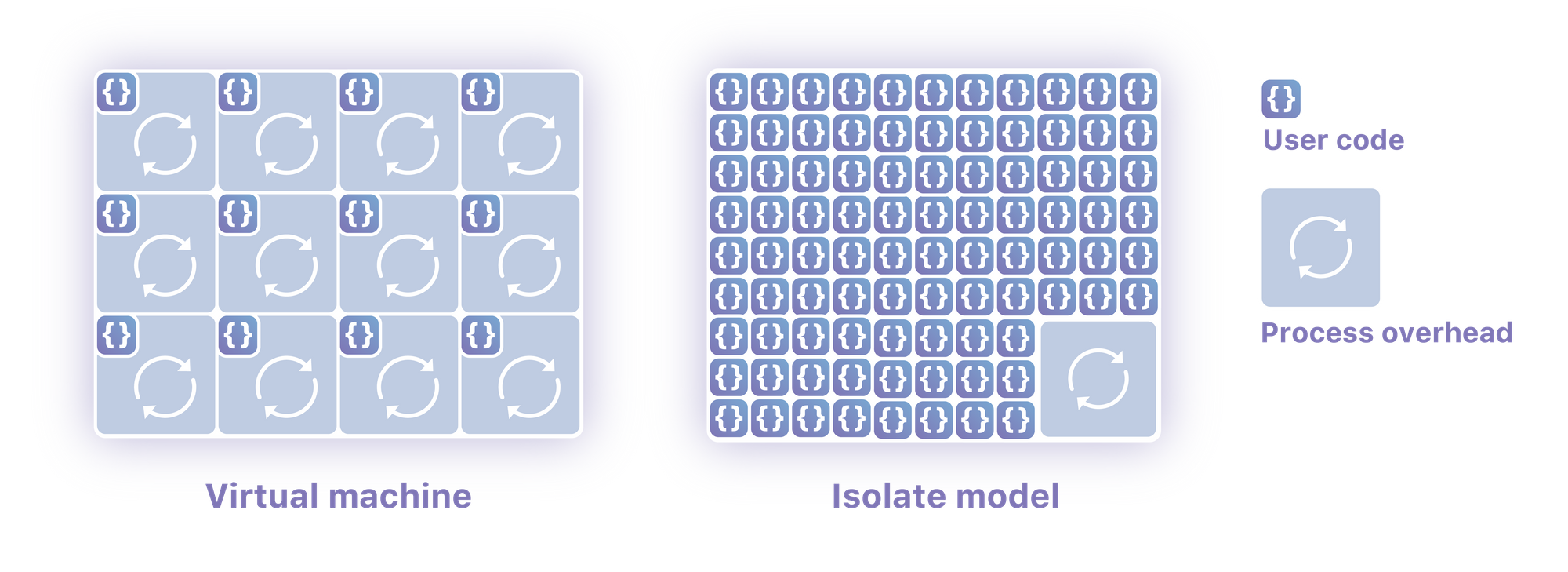Cable Companies Eye Dish’s Greenfield 5G Network
 Dish says it is building a neutral-host 5G network that customers can rent space on to deliver different types of services.
Dish says it is building a neutral-host 5G network that customers can rent space on to deliver different types of services.
SDxCentral’s Weekly Roundup — November 9, 2018
 Docker containerizes Windows Server 2008; Rumors fly that Thoma Bravo will buy Symantec; CommScope buys Arris.
Docker containerizes Windows Server 2008; Rumors fly that Thoma Bravo will buy Symantec; CommScope buys Arris.
Cisco, Huawei Among Alef Mobitech Edge Platform Test Partners
 The software-based platform is focused on mobility network functions needed to interconnect any edge application without any upgrades to the underlying network or origin cloud.
The software-based platform is focused on mobility network functions needed to interconnect any edge application without any upgrades to the underlying network or origin cloud.
Weekly Show 415: Gluware’s Brownfield Automation For Big Pharma (Sponsored)
Gluware sponsors today's Weekly Show podcast and brings along a Big Pharma customer to talk about network automation in a brownfield production network. We dive into making network automation work in real life.
The post Weekly Show 415: Gluware’s Brownfield Automation For Big Pharma (Sponsored) appeared first on Packet Pushers.
Last Month in Internet Intelligence: October 2018

The level of significant Internet disruptions observed through the Oracle Internet Intelligence Map was lower in October, though the underlying reasons for these disruptions remained generally consistent compared to prior months. For enterprises, the importance of redundant Internet connectivity and regularly exercised failover plans is clear. Unfortunately, for state-imposed Internet outages, such planning and best practices may need to include failsafes for operations while periodically offline.
Directed disconnection
On October 10, Ethiopian Prime Minister Abiy Ahmed met with several hundred soldiers who had marched on his office to demand increased pay. The Ethiopian Broadcasting Corporation (formerly known as ETV) did not cover the soldiers marching but noted that Internet connectivity within the country had been shut off for several hours to prevent “fake news” from circulating on social media. This aligned with residents’ reports of a three-hour Internet outage. The figure below shows that the disruption began around 12:00 GMT, significantly impacting both traceroutes to, and DNS query traffic from, Ethiopia for several hours.

The impact of the Internet shutdown is also clearly evident in the figure below, which shows traceroutes into Ethio Telecom, the state-owned telecommunications service provider. Similar to the country-level graph shown above, the number of Continue reading
ForeScout Buys SecurityMatters for $113 to Expand Network Protection
 The Netherlands-based startup provides device visibility, continuous network monitoring, and threat and anomaly detection specific to operational technology and industrial environments.
The Netherlands-based startup provides device visibility, continuous network monitoring, and threat and anomaly detection specific to operational technology and industrial environments.
Short Take – Thinking Differently
We’ve all heard the Apple Slogan “Think Different” but is that something we actually do? In this Network Collective Short Take, Russ and Eyvonne explore this idea of thinking differently and how our thought process impacts the work that we do.
The post Short Take – Thinking Differently appeared first on Network Collective.
Making the Case for Community Networks at Africa IGF

Who supplies your Internet? If you live in urban Africa, you probably get Internet access through your mobile phone or through fibre at the office or home. When you travel to rural or underserved areas, there is probably limited or no Internet because mobile network operators and Internet Service Providers (ISPs) have yet to reach these areas. But what if people in rural and underserved areas could build their own networks to provide the telecommunications services that they need?
This notion has been tried successfully in several African countries. In Kenya, Tunapanda Institute has built TunapandaNET a wireless network connecting schools and youth centres in Kibera, Kenya’s largest slum. Bosco is a solar-powered wireless network that connects community ICT centres in Gulu, Northern Uganda. PamojaNet operates a wireless network to the community in Idjwi Island on lake Kivu, Eastern DRC, close to the border with Rwanda. Others such as Machaworks in rural Zambia and Zenzeleni Networks in Eastern Cape of South Africa provide similar services. These networks have been built by local communities to provide access to both offline content and Internet access where possible to the communities that they serve.
During a session at the 2018 Africa Internet Governance Continue reading
Cloud Computing without Containers

Cloudflare has a cloud computing platform called Workers. Unlike essentially every other cloud computing platform I know of, it doesn’t use containers or virtual machines. We believe that is the future of Serverless and cloud computing in general, and I’ll try to convince you why.
Isolates

Two years ago we had a problem. We were limited in how many features and options we could build in-house, we needed a way for customers to be able to build for themselves. We set out to find a way to let people write code on our servers deployed around the world (we had a little over a hundred data centers then, 155 as of this writing). Our system needed to run untrusted code securely, with low overhead. We sit in front of ten million sites and process millions and millions of requests per second, it also had to run very very quickly.
The Lua we had used previously didn’t run in a sandbox; customers couldn’t write their own code without our supervision. Traditional virtualization and container technologies like Kubernetes would have been exceptionally expensive for everyone involved. Running thousands of Kubernetes pods in a single location would be resource intensive, doing it in Continue reading
Performance Testing: WinPcap versus Npcap
In this video, Tony Fortunato tests WinPcap versus Npcap. See which performs better.
Video: SDWAN Reference Design
After explaining the basics of SD-WAN, Pradosh Mohapatra, the author of SD-WAN Overview webinar focused on SDWAN reference network design.
You need at least free ipSpace.net subscription to watch the video.
Broadcom Cuts More Than 300 CA Technologies Jobs, Report Says
 Broadcom closed on its $18.9 billion acquisition of CA earlier this week.
Broadcom closed on its $18.9 billion acquisition of CA earlier this week.